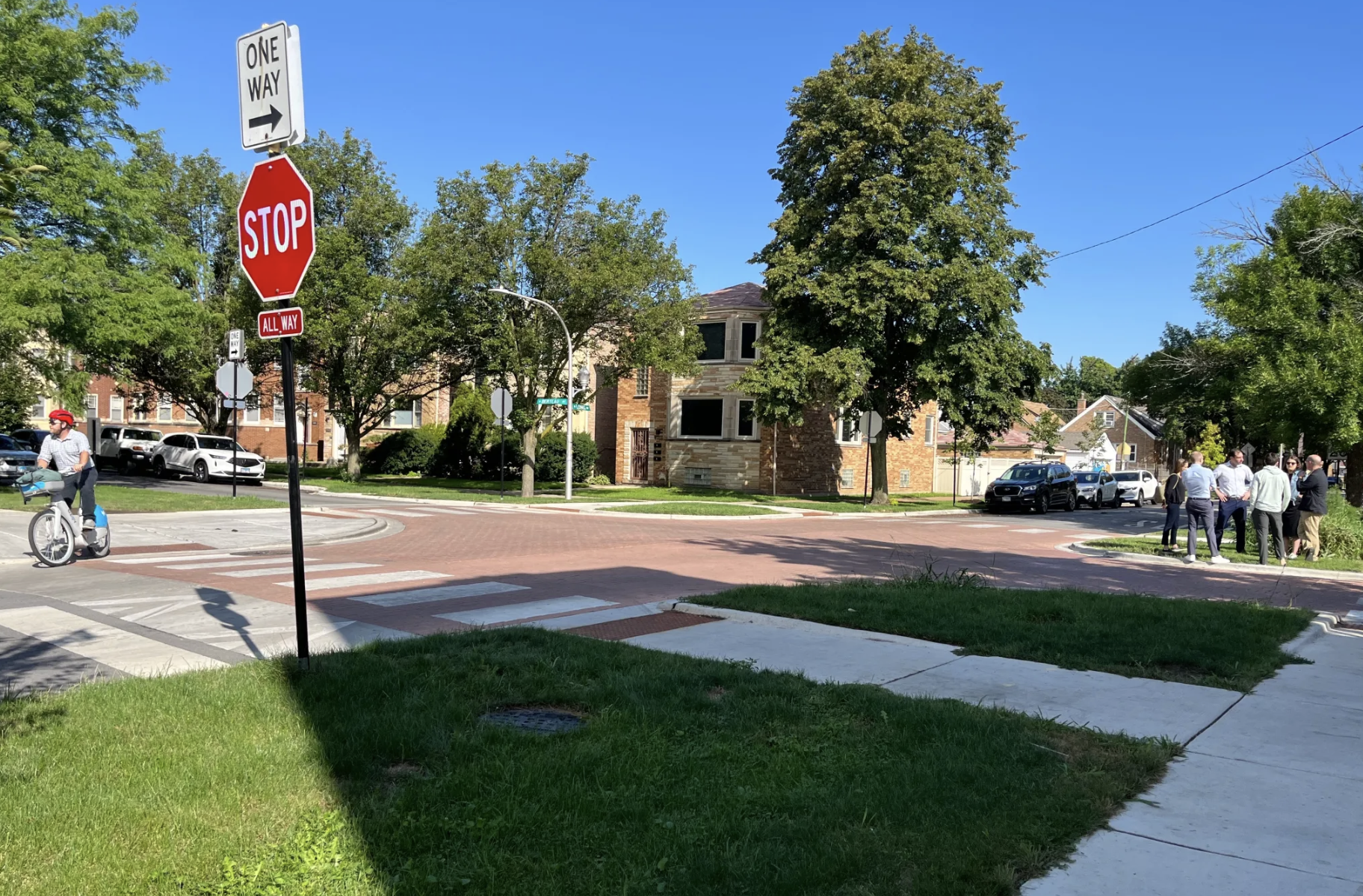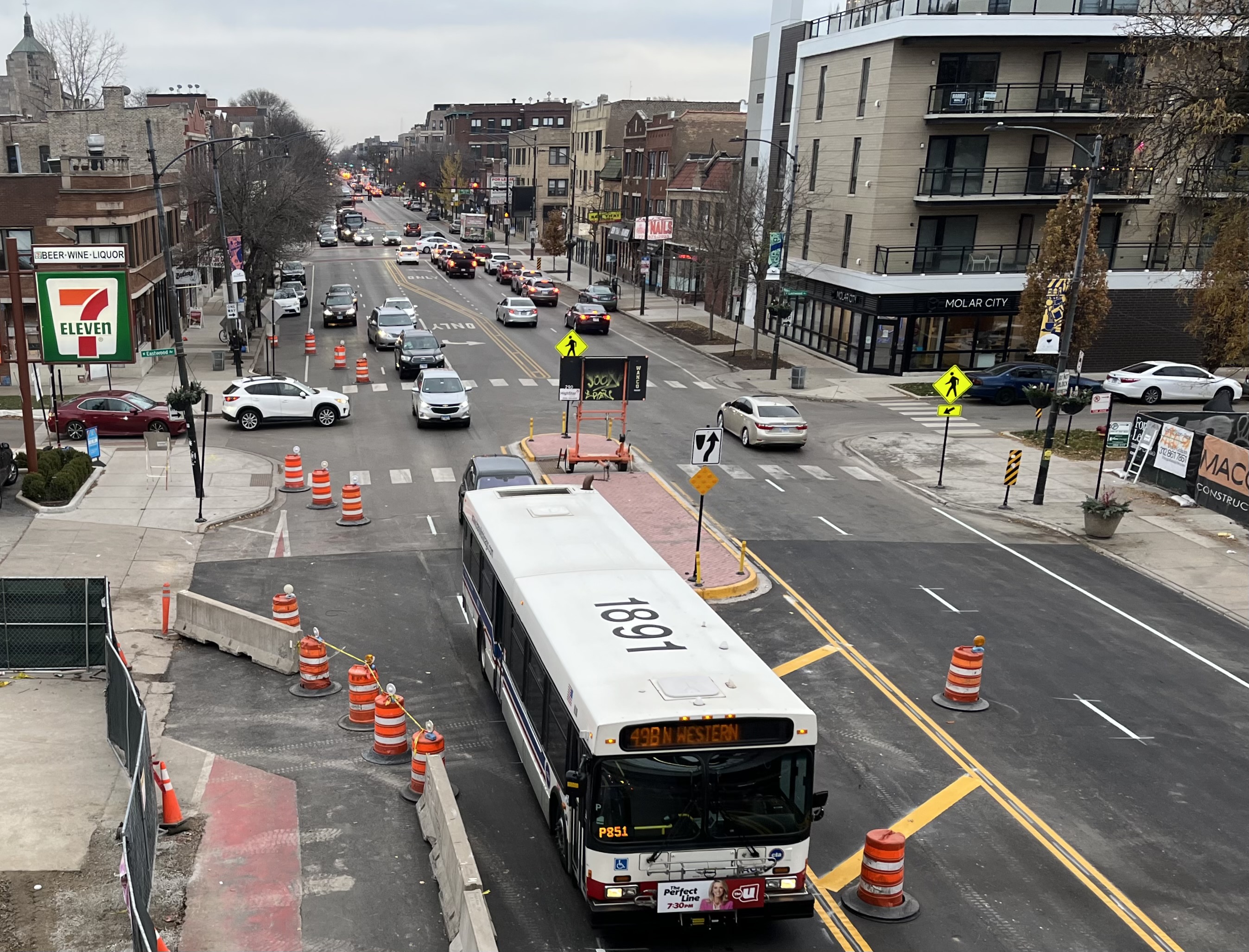If where you live is anything like where I live, the sidewalks are a mess right now. People are walking in the streets and getting summarily blamed by the press when a driver injures them.

Plows are out all night salting and scraping the streets, but sidewalks are a private responsibility, and compliance with shoveling laws is haphazard enough to make mixing with SUVs seem like the best option for a lot of pedestrians.
To their credit, community leaders in Akron, Ohio, have been debating how to keep children safe when they walk to school. On his blog Notes from the Underground, Jason Segedy, head of Akron's metropolitan planning organization, AMATS, wrote about the relative lack of concern for kids who walk:
The immediate, specific, and tactical answer to the question of “Why don’t we make safe and accessible sidewalks a priority?” has to do with a panoply of thorny and interrelated fiscal, legal, and property issues.
But the holistic, general, and strategic answer to that question is simply this: our culture does not value or respect people on foot the way that it does people behind the wheels of cars. To be clear, this cultural orientation is not the result of conscious antipathy toward pedestrians, or an intentional organized conspiracy to disenfranchise or disrespect the marginalized and the poor. Instead, it’s simply the way that our society has evolved over the past 60 years, as the automobile has achieved near complete dominance as a mode of transportation – at least for the affluent majority.
I discuss this issue with people all of the time, and often hear people say “Why waste the time or money on this? No one walks anyway.” My translation: “I don’t walk anywhere, no one that I know walks anywhere, and since I occupy a place of privilege in society, I really don’t notice anyone that does walk.”
In addition to being patently false, the generalization “no one walks anyway” misses the point entirely. Social equity and fairness in transportation is not about a tunnel-vision view of the needs of the majority that drives, considered in a vacuum; but rather, about looking out for the needs of the minority that does not drive.
Elsewhere on the Network today: Better! Cities & Towns says high housing prices in places like San Francisco and Brooklyn indicate that "there's not enough urbanism to go around." Mobilizing the Region takes a look at how colleges in New York, Connecticut, and New Jersey are promoting active transportation for students. And Free Public Transit reports that activists in the Philippines are demanding that half the country's road space be reserved for transit, biking, and walking.





